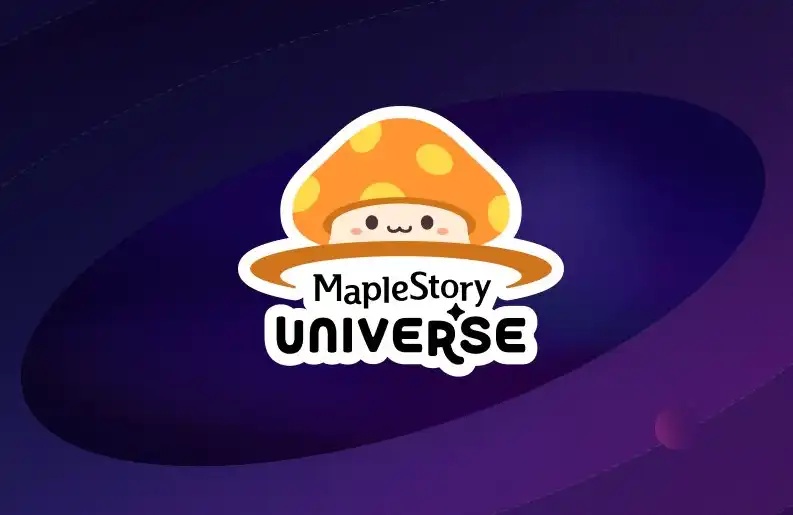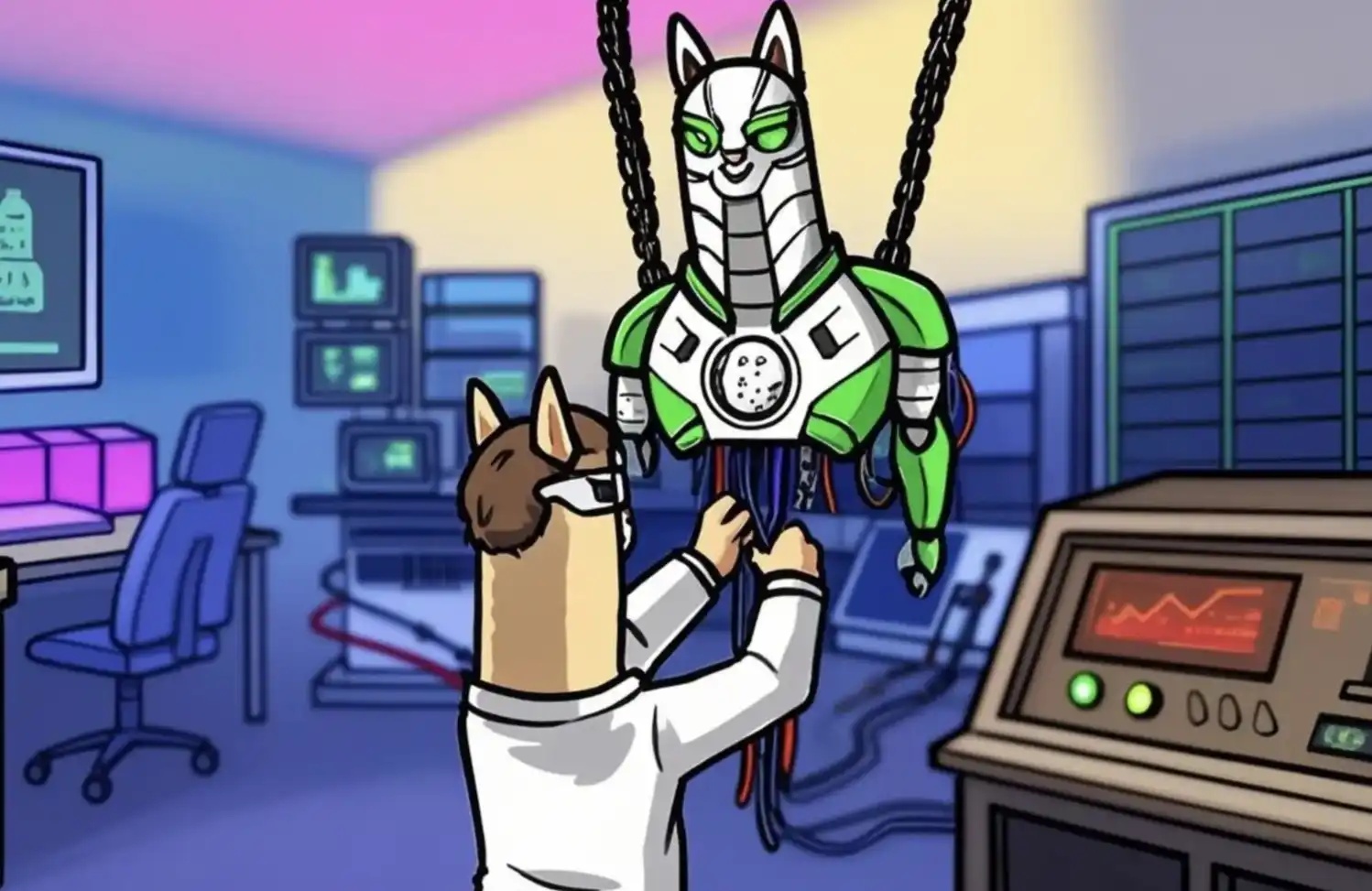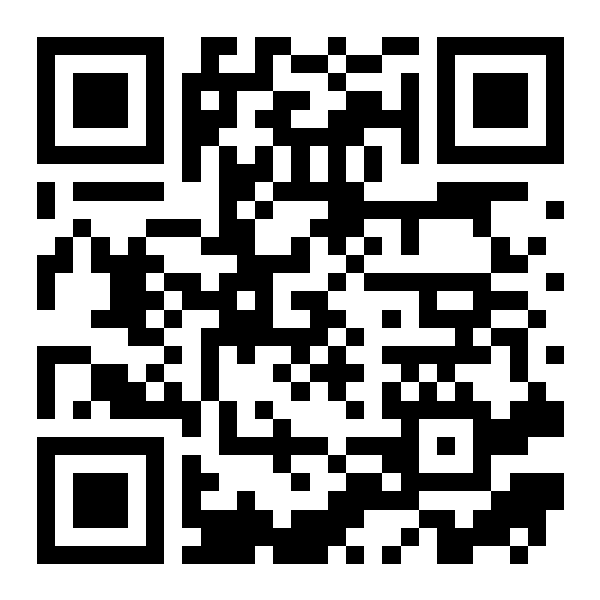Retail Investor Loses Money and Artwork Playing with NFTs, Sues Nike for $5 Million in Damages
On April 24, it was discovered that the image data of the CloneX project from the former top-tier blue-chip NFT studio RTFKT was unable to display on major trading platforms. Instead, a banner stating "This content has been restricted, using Cloudflare's services in this manner violated the Terms of Service" was shown, sparking discussions in the community.
Then, on April 25, a day later, its parent company Nike was sued. RTFKT NFT buyers, led by Australian resident Jagdeep Cheema, filed a proposed class-action lawsuit in the Brooklyn federal court in New York, claiming significant losses after Nike abruptly shut down these operations. How did the once Nike-acquired powerhouse NFT trend IP project fall to this situation?

Nike of the Metaverse — RTFKT

The name RTFKT comes from its similarity in pronunciation to the English word "artifact," representing its brand philosophy. Initially, it was merely a digital sports brand aiming to create the "Nike of the Metaverse"; however, as more and more traditional brands chose to collaborate with NFT projects, the linkage between adidas and BAYC, PUNKSComic, and the joint issuance with Takashi Murakami urged RTFKT to release CloneX.
It was this opportunity that made the crypto community more familiar with this brand, and then the real Nike acquired this "Nike of the Metaverse." Dominating the top of the charts with over 40 collaborative projects, from Takashi Murakami to Jeff Staple, from RIMOWA to Nike, it was one of the most sought-after top-tier trend IPs in the crypto world.

RTFKT Studio's Hardcore Rug Pull
Then, in December 2024, a shocking announcement came like a bolt from the blue. In this statement, the CloneX project team announced the termination of RTFKT's operations. This studio, acquired by "Nike," unilaterally declared the termination of operations with almost no warning. At that time, the NFT market was experiencing a resurgence, yet this move caused CloneX's floor price to plummet by over 60%.

RTFKT Co-founder Benoit Pagotto once mentioned in an interview when discussing RTFKT's advantages compared to traditional industry giants: "We have resources that they don't have, which is our culture that they don't have — crypto culture. They can't possibly spend a significant amount of time, every day, learning this knowledge." Crypto KOLs sarcastically remarked that CloneX's initial release used GoDaddy and Cloudflare for "storing small images" and through a Dutch auction mechanism, achieved $100 million in sales.

The Last Man Standing
Just when one thought that this sarcasm was coming true four years later, numerous holders stared at their CloneX on OpenSea and Blur, shouting "I Got RUG by Nike." Perhaps this is the crypto culture Benoit mentioned, where even if the project team "rugs" the project, as long as the "token" is still there, there is a possibility of community governance. However, when even the images themselves disappear, this logic seems hard to hold.

Amidst this storm, almost only one team member stood up to take responsibility. Samuel Cardillo claimed that since early April, the team had planned to decentralize all NFTs, so they did not renew the contract with Cloudflare. However, Cloudflare mistakenly advanced the expiration date of this contract worth over $500,000 annually, which was originally scheduled to expire on April 30, several days early.
Although RTFKT faced intense "FUD" at the time of the incident, Samuel's intense engagement with netizens and problem-solving attitude won the community's respect, leading to him being called the "last man standing." In stark contrast, Zaptio, who had not posted on X for a long time, uploaded 20 dynamic posts of his exciting "retirement life" on Instagram.

Justice Served? The Sued Rug NFT
On the day following RTFKT's "image loss," Nike was hit with a class-action lawsuit. In fact, being "rugged" in the Crypto world is not uncommon, but very few manage to recover their assets. The class-action lawsuit mainly comprises two accusations: first, Nike violated consumer protection laws in New York, California, Florida, Oregon, and other states, and second, that the RTFKT NFT is an unregistered security. Nike failed to disclose relevant regulatory risks, thus violating U.S. securities laws. Although the determination of whether NFTs can be classified as securities is currently unclear, there have been previous cases where consumers of NFTs have received compensation.

Prior to this, O'Neal and his son Myles O'Neal co-founded and promoted the Astrals NFT project based on the Solana blockchain, which included 10,000 3D avatar NFTs designed by artist Damien Guimoneau. The project promised to create a virtual world called "Astralverse," where users could engage in social and gaming activities through NFTs. O'Neal, under the persona "DJ Diesel," promoted the project in the community and on social media.
Like many NFT projects, Astrals experienced a sharp drop in value after the FTX collapse. Until May 2023, investors such as Daniel Harper filed a collective lawsuit alleging that O'Neal promoted an unregistered security, "Astrals NFT," in violation of U.S. securities laws. The plaintiffs claimed that O'Neal's celebrity effect induced investment. In August 2024, Florida Federal Judge Federico Moreno ruled that the plaintiffs adequately alleged Astrals NFT to be a security and that O'Neal, as the seller, attracted investment through his promotional activities. In November, O'Neal agreed to pay a $11 million settlement to end the lawsuit, with $2.9 million allocated for legal fees and the remaining amount compensating investors who purchased Astrals NFTs from May 2022 to January 15, 2024.
However, some professionals believe that projects involving individuals like O'Neal differ. As the legal status of NFTs remains unclear, the Nike case may not serve as a breakthrough for securities law violations, and there may not be a $5 million settlement. Nevertheless, Nike is likely to "pay some money" to appease the public.
How Should NFTs Be Stored?
The worst option for storing NFT data is on centralized servers like Cloudflare or Amazon. If an NFT project's metadata and media files are stored on a server, and the creator stops maintaining that server, the data will be lost forever, ultimately rendering the NFT blank. Therefore, most NFT projects balance image quality and operating costs by choosing IPFS and Arweave mentioned above.
Decentralized Storage
The most commonly used option by most project teams is IPFS (InterPlanetary File System), a content-addressed decentralized storage protocol. IPFS uses the hash generated from the file itself as a unique identifier, allowing users to retrieve content from any node using this hash. This approach eliminates the reliance on a single server, inherently possessing censorship-resistant and fault-tolerant features, freely flowing like water between global nodes. However, the downside is apparent—IPFS does not automatically guarantee persistent file storage; content availability depends on whether nodes continue to store it. Therefore, many project teams need to proactively "pin" files or use professional services to ensure long-term data availability.

The RTFKT team claims to have uploaded image data to Arweave via ArDrive, a decentralized file storage network that, unlike IPFS, ensures the persistence of file storage. Users pay a one-time fee to cover the storage cost for 200 years "or longer." Miners in the Arweave network are incentivized to use AR tokens to replicate and store additional copies of data that other miners store infrequently. This ensures that files will not be lost over time without the need for continuous maintenance by the original uploader.

Blockweave Storage Data Structure
Arweave stores data in the structure of Blockweave, where each new data block is linked to the previous block and a historical block. Miners must prove they had the opportunity to access these randomly selected historical blocks to mine a new block and receive rewards, ensuring that earlier blocks are preserved.
Using IPFS or Arweave is much better than relying on centralized storage, but it still requires off-chain referencing. Storing NFT metadata and media on the same chain as the NFT is the most resilient method, but on-chain data storage is costly. Therefore, a common trend in the NFT space is to keep metadata on-chain and media off-chain, although for the crypto-native culture, a purely on-chain NFT community is indispensable, often more pure and robust.
On-Chain NFTs on Ethereum

NFT projects like Nouns and Loot have long implemented fully on-chain storage of SVG images on Ethereum. Taking Nouns as an example, the project uses custom run-length encoding (RLE) to losslessly compress each part of the image and stores the compressed data directly on-chain, without relying on external pointers like IPFS, etc. Subsequently, this compressed data is decoded into an intermediate format and concatenated through on-chain batch string manipulation to generate an SVG set of shapes, eventually forming the complete SVG image, which is then base64 encoded.

Although quite complex and uploading SVG images of this kind to high-precision NFT platforms like Azuki or CloneX is impractical, it does not diminish the appeal of "on-chain" NFTs. They often transcend the NFT itself and represent a certain culture or community power, such as Nouns DAO, which is dedicated to building identity, community, governance, and a treasury for community use. Nouns are still active in many projects within the Base ecosystem.

Loot's founder, Dom Hofmann, was previously a co-founder of Vine and had a side project of creating a text-based adventure game called Loot. During the development process, he wrote a random item generator, a software that could return various weapon, armor, and accessory names, which led to the birth of Loot.
In the Loot project, images are directly embedded in the smart contract in SVG format, returned via tokenURI, and can dynamically change based on on-chain data, thereby achieving fully on-chain, dynamically generated characteristics.
While its presentation may seem very simple, consisting only of text and simple graphics, the meaning behind it is more profound. Dom was once asked, in building a world, who would contribute how much for free? He responded, "Ultimately, these are just items on a list. It's just how people view it, how they give it value. And value doesn't necessarily equate to a dollar value; it can be many things." As he said, the Loot concept influenced NFTs and Crypto Games, and the still-active Treasure DAO behind Smol emerged from this concept.
Bullish on Ordinals?
During the RTFKT event, the most prevalent sentiment in the community was that this event was bullish for Ordinals. Ordinals are considered different from most Ethereum NFTs as they are fully on-chain.
The Ordinals protocol on Bitcoin, through the Taproot script path, directly embeds images, text, and other data into transactions, inscribing the data into the "Satoshi consciousness" and assigning a unique identity to each Satoshi unit. This way, Ordinals' data is entirely stored on the Bitcoin blockchain, but it also brings high storage costs and data size limitations.
Due to the high cost of storage and limited data storage, BTC's NFT ecosystem has a unique character. Compared to Ethereum's functionality or DAO organizational model, the "survivors" in BTCNFT rely on a deeper "cultural" heritage. Whether it's the recent Taproot Wizard, which was released at an extremely high price of 0.2 BTC, with roots tracing back to the 2013 Bitcoin community ad "Magic Internet Money Wizard," or NodeMonkes as the first original 10K Bitcoin NFT.
Further reading: "An Analysis of Bitcoin memeNFTs, What is the Bald Wizard Taproot Wizard Paying Tribute to and Expressing?"

In this era, there are few project teams persisting in creating NFTs, and no one knows what form NFTs will take in the next era. Will it be a "security"? Proof of ownership? Or an independent AI Agent? Unlike Memecoins, which just need a contract on the chain to be tradable, allowing the community to "develop freely." For non-fungible currency, whether it's just an image IP or a functional "receipt," ownership of metadata is crucial. This event is a warning, for both project teams and participants alike.
Welcome to join the official BlockBeats community:
Telegram Subscription Group: https://t.me/theblockbeats
Telegram Discussion Group: https://t.me/BlockBeats_App
Official Twitter Account: https://twitter.com/BlockBeatsAsia


 Forum
Forum OPRR
OPRR Finance
Finance
 Specials
Specials
 On-chain Eco
On-chain Eco
 Entry
Entry
 Podcasts
Podcasts
 Data
Data


 Summarized by AI
Summarized by AI




